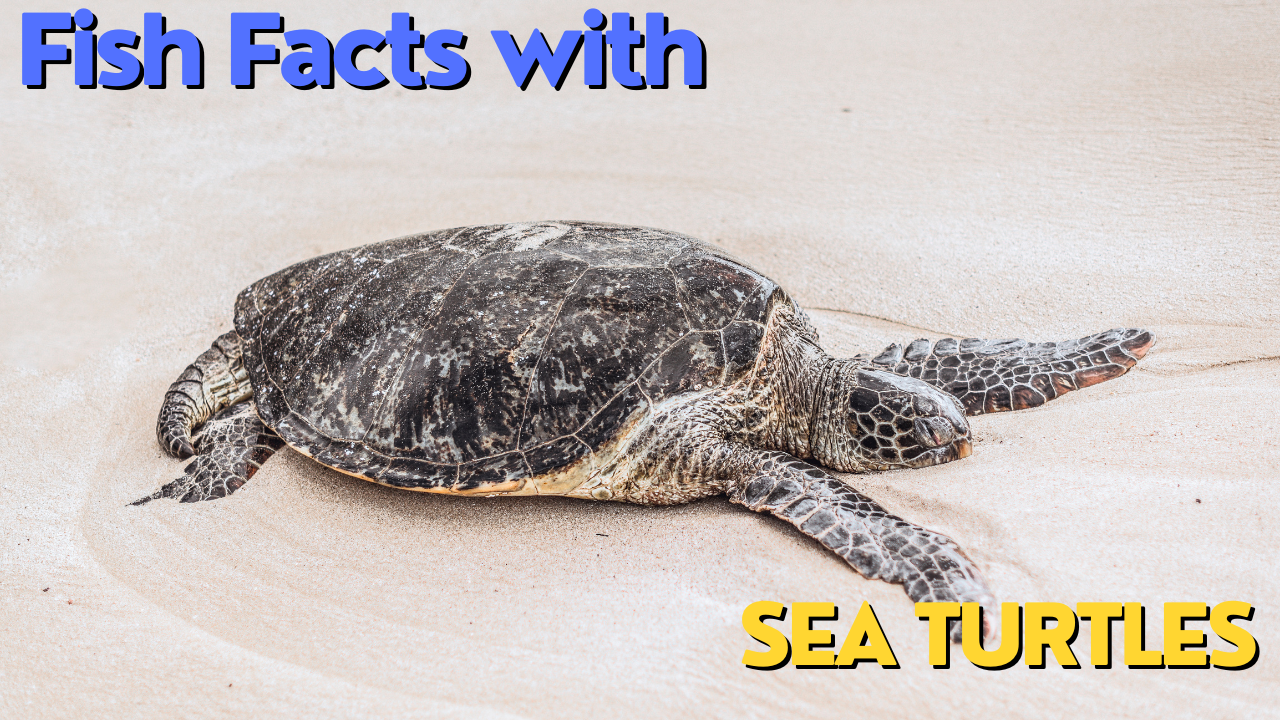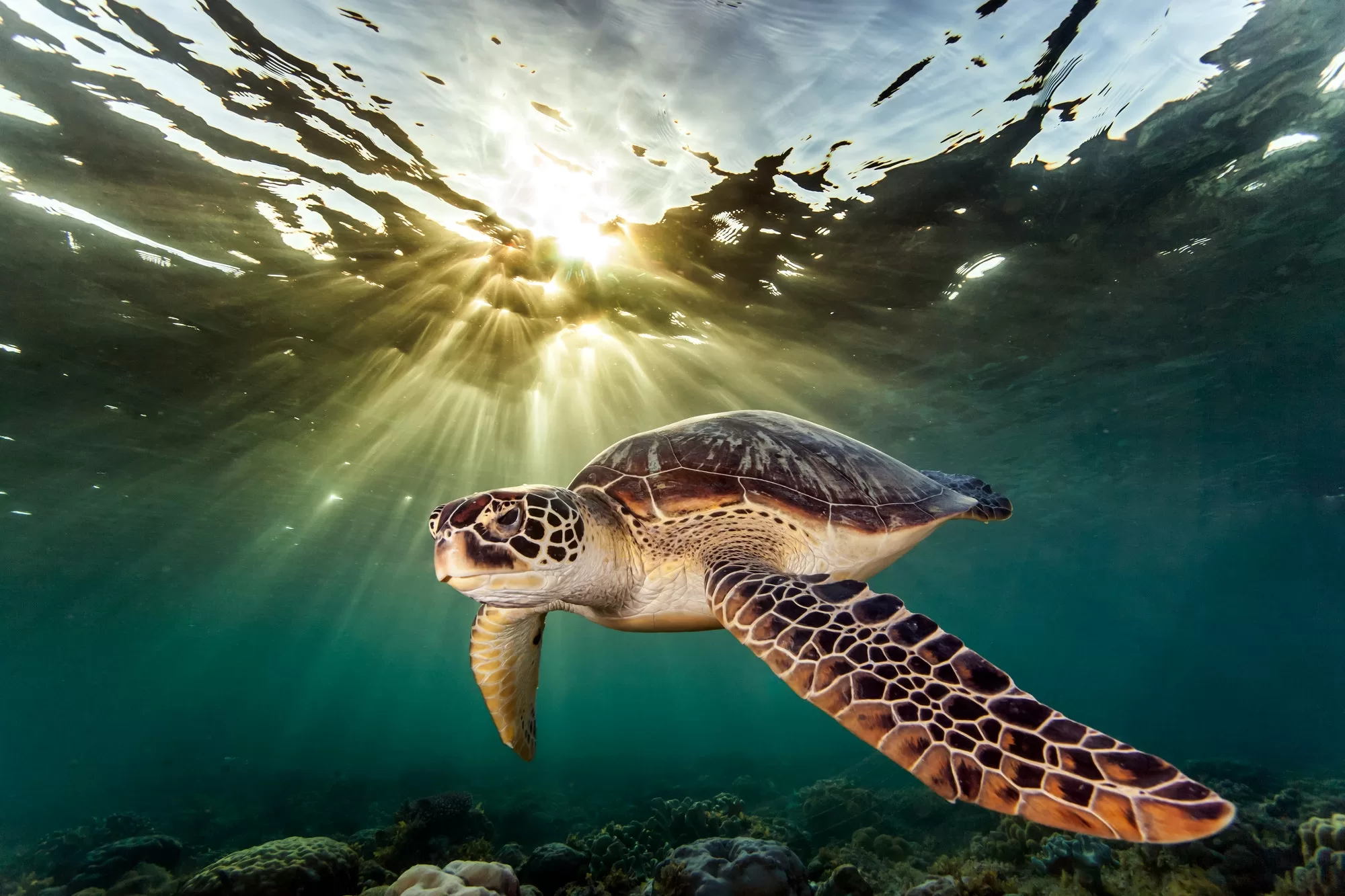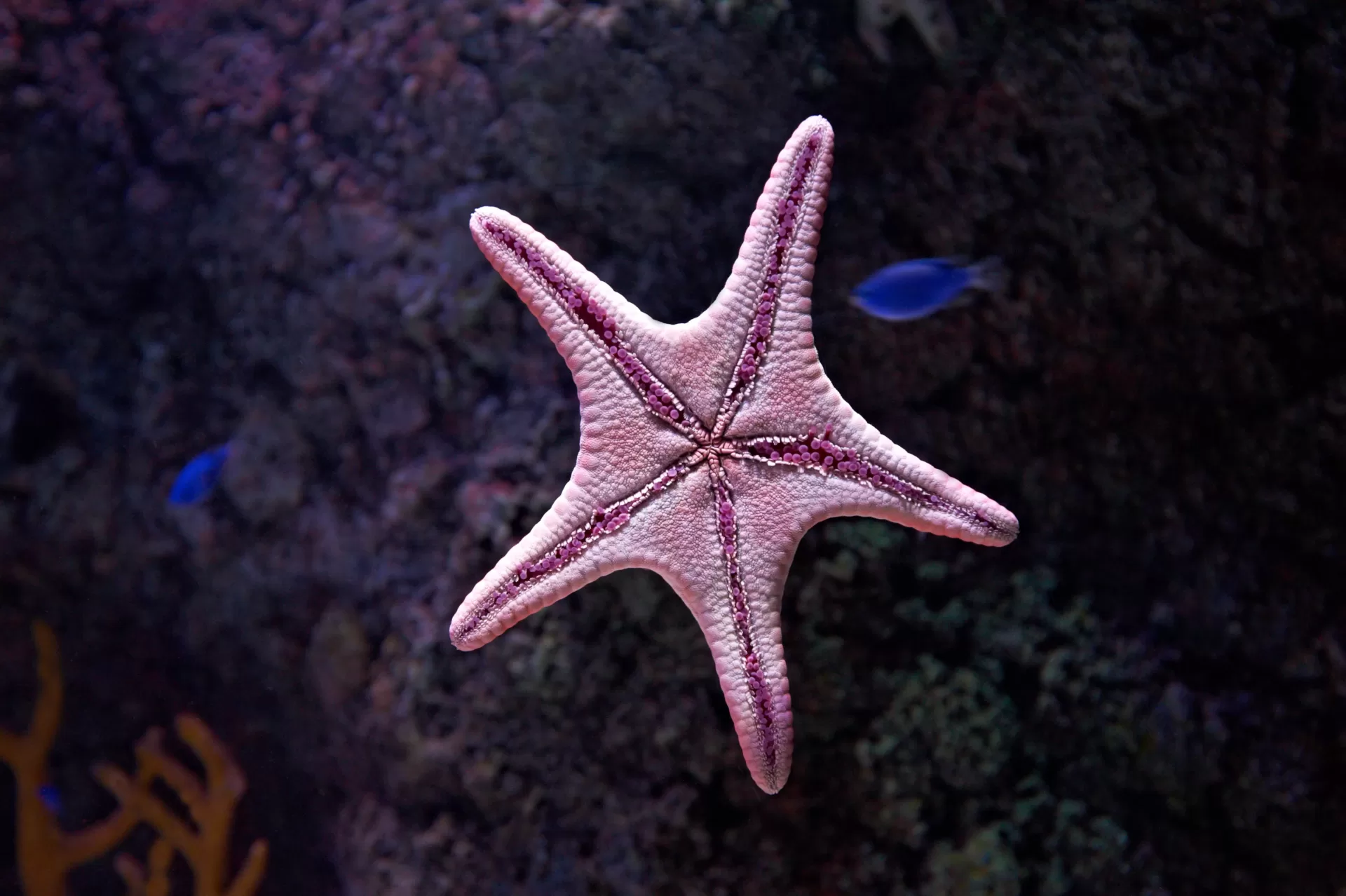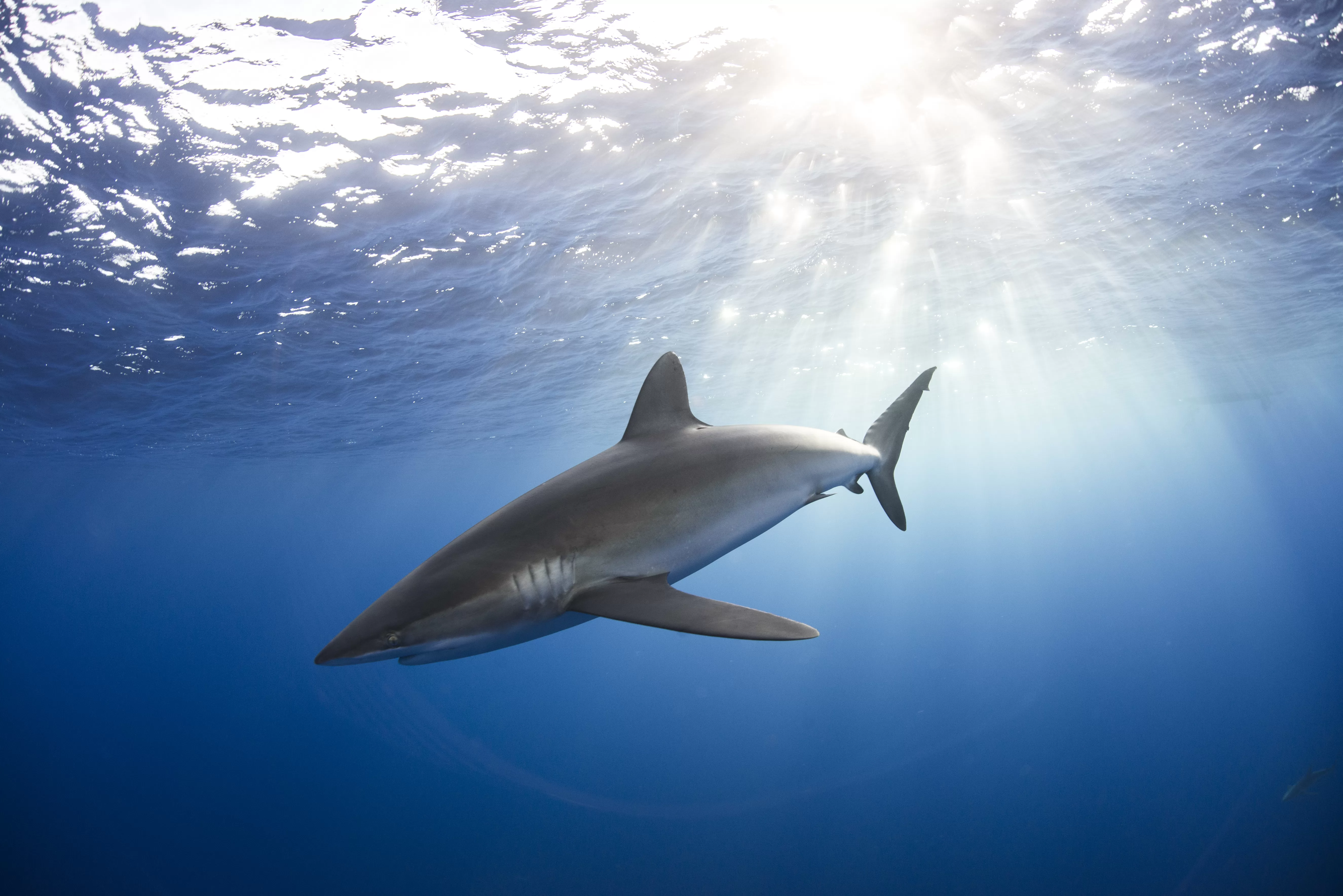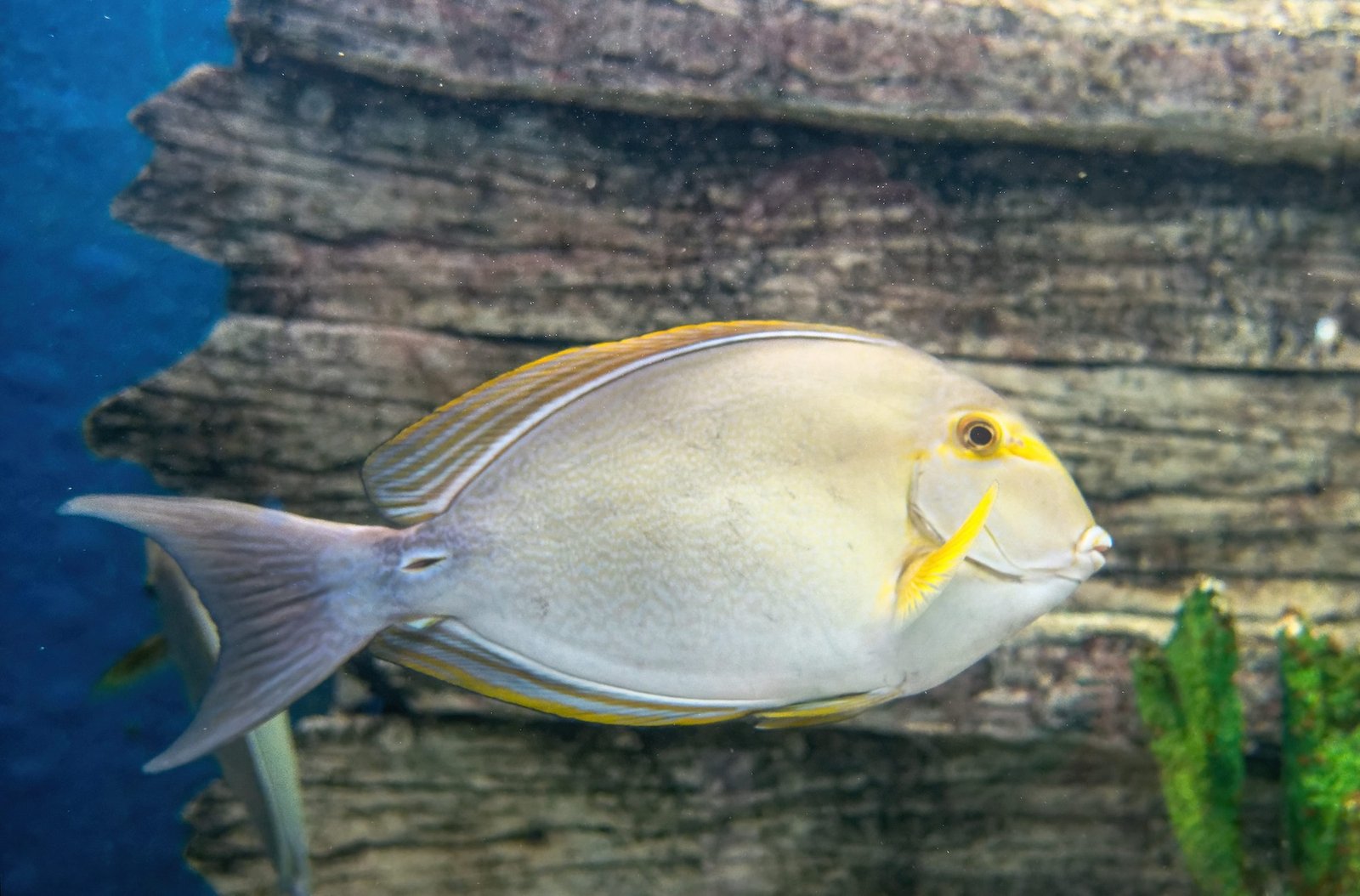Welcome to the mesmerizing world of sea turtles! Breathtaking creatures with a history dating back over 100 million years, these ancient reptiles gracefully roam the oceans, captivating both scientists and nature enthusiasts alike. In this short documentary-style blog post, we will delve into the intriguing world of sea turtles, learning about their remarkable characteristics, life cycles, and the conservation challenges they face.
The Different Species of Sea Turtles:
Sea turtles comprise eight distinct species, each with its unique characteristics and distribution. These include the leatherback, loggerhead, green, hawksbill, olive ridley, Kemp’s ridley, flatback, and the critically endangered hawksbill turtle. Differing in size, shell shape, and dietary preferences, these species play crucial roles in maintaining the balance of marine ecosystems.
A Look into the Life Cycle:
The sea turtle life cycle is a fascinating journey covering thousands of miles. It begins when female turtles return to the same beaches where they hatched to lay their eggs. After an arduous journey, a mother buries her eggs in the sand, and they remain incubated for approximately two months. Once hatched, the tiny hatchlings instinctively rush towards the ocean. Only a small percentage of these hatchlings will survive to adulthood, as they face numerous threats from predators and human activities.
The Marine Nomads’ Migratory Marvel:
Sea turtles are renowned for their impressive migratory prowess. Some individuals travel incredible distances, navigating through vast oceans and currents to reach their foraging or nesting sites. They rely on a remarkable ability called “magnetoreception,” enabling them to sense the Earth’s magnetic field and navigate accordingly. This extraordinary skill has them traversing oceans, often returning to the same breeding grounds year after year.
Secrets of the Deep: Feeding Habits of Sea Turtles:
Depending on their species, sea turtles exhibit diverse dietary preferences. Green turtles predominantly feed on seagrass and algae, while hawksbills have a penchant for sponges and other invertebrates. Leatherbacks, on the other hand, feed primarily on jellyfish, displaying their crucial role in maintaining jellyfish populations in check. These gentle creatures have specialized jaws and digestive systems to suit their food choices.
The Plight of Sea Turtles:
Despite their resilience and ancient lineage, sea turtles face numerous threats that endanger their existence. Habitat destruction, pollution, climate change, and entanglement in fishing gear are among the main culprits. Additionally, the illegal trade in sea turtle products, such as their shells, meat, and eggs, poses a significant challenge to their conservation. International efforts to combat these threats have resulted in substantial progress, but continued vigilance and proactive conservation measures are essential for their survival.
Our journey into the intricate world of sea turtles comes to a close, leaving us in awe of these marine nomads’ incredible lives. These graceful creatures connect the oceans’ ecosystems, and their survival is intertwined with the health of our planet. By understanding their biology, migratory patterns, and the challenges they face, we can champion their conservation and ensure future generations continue to marvel at the wonder of sea turtles.
So, let’s unite in preserving their habitats, reducing pollution, supporting sustainable fishing practices, and combating illegal trade. Together, we can secure a brighter future for these enchanting reptiles, safeguarding their existence for generations to come.
